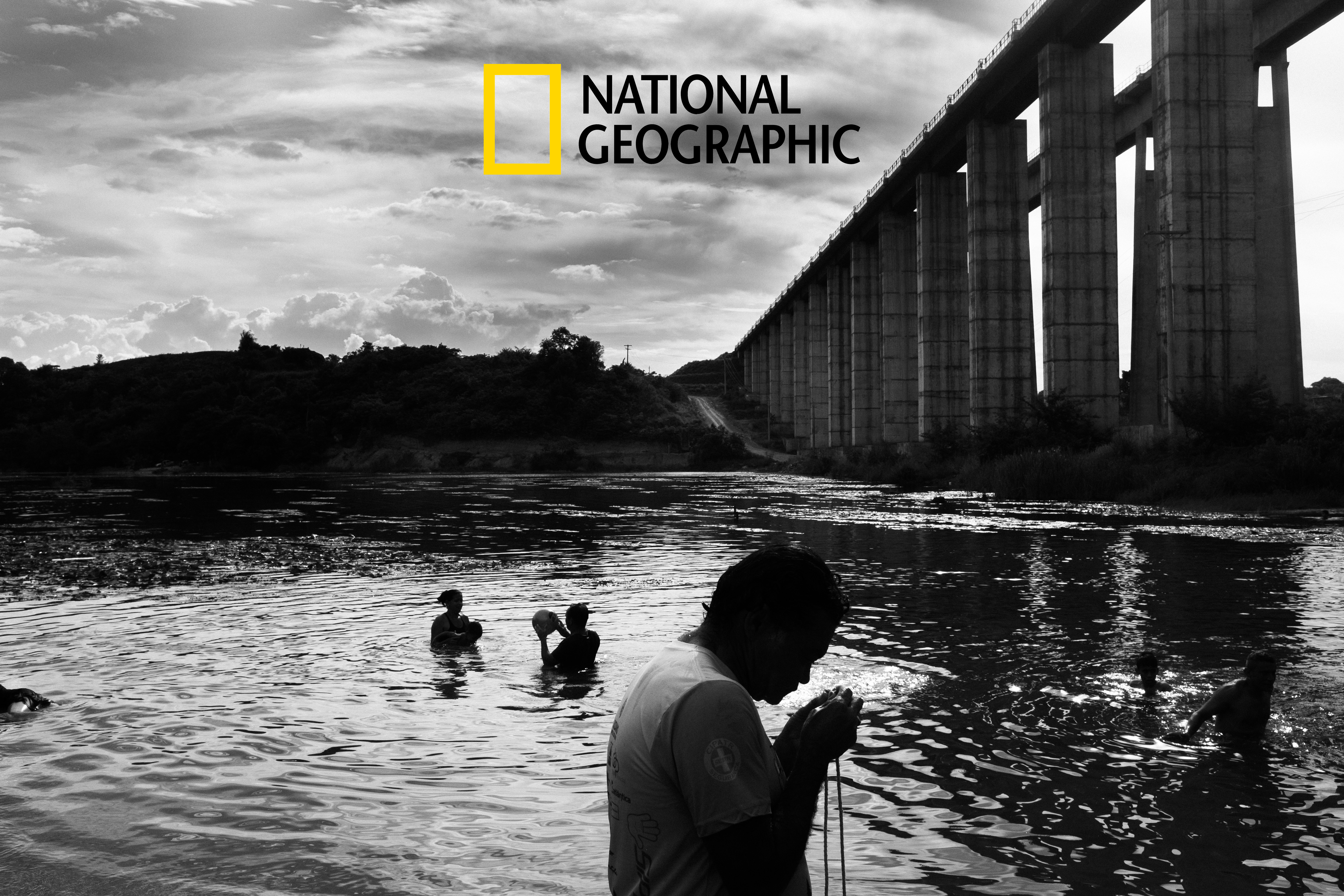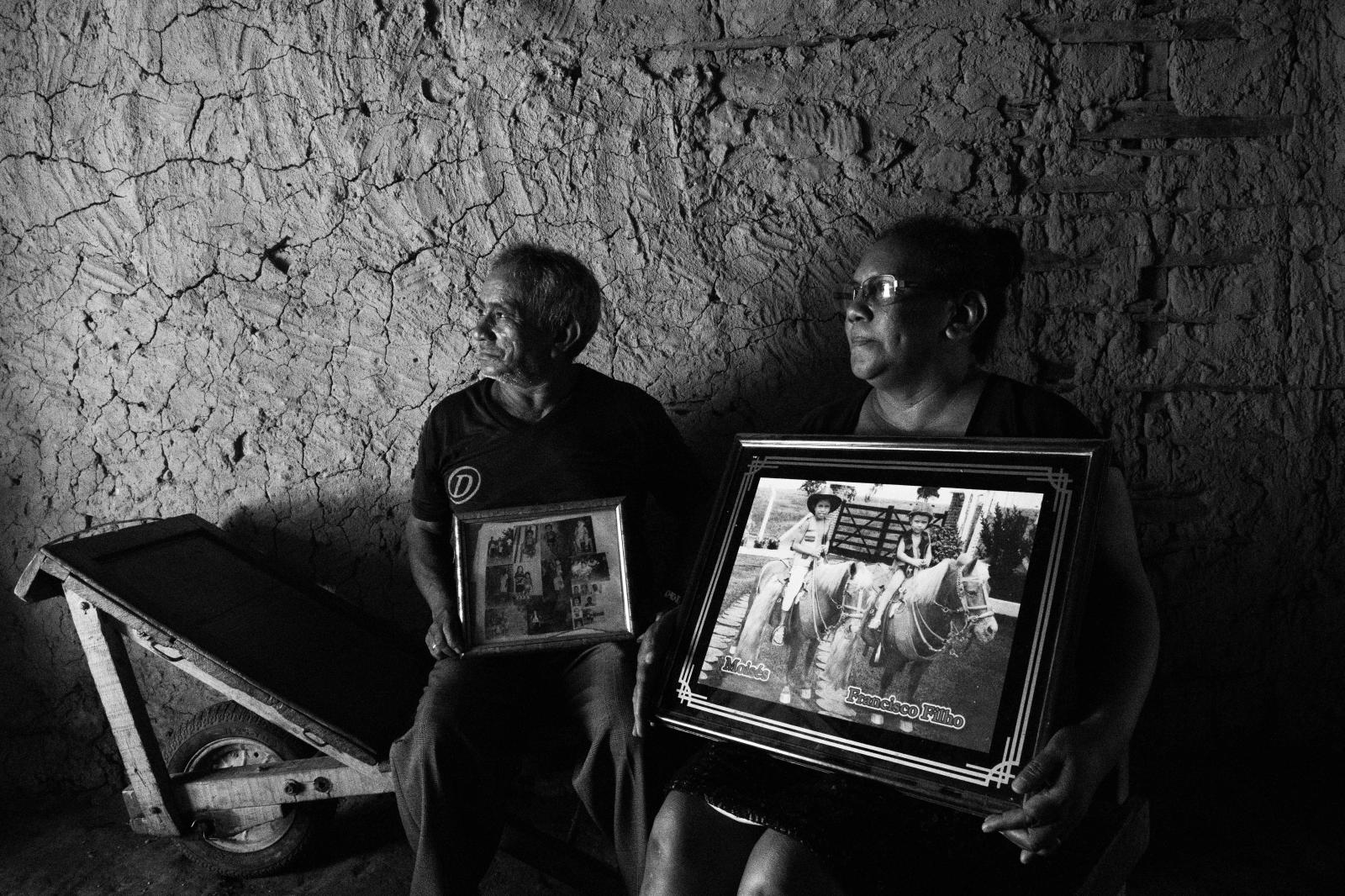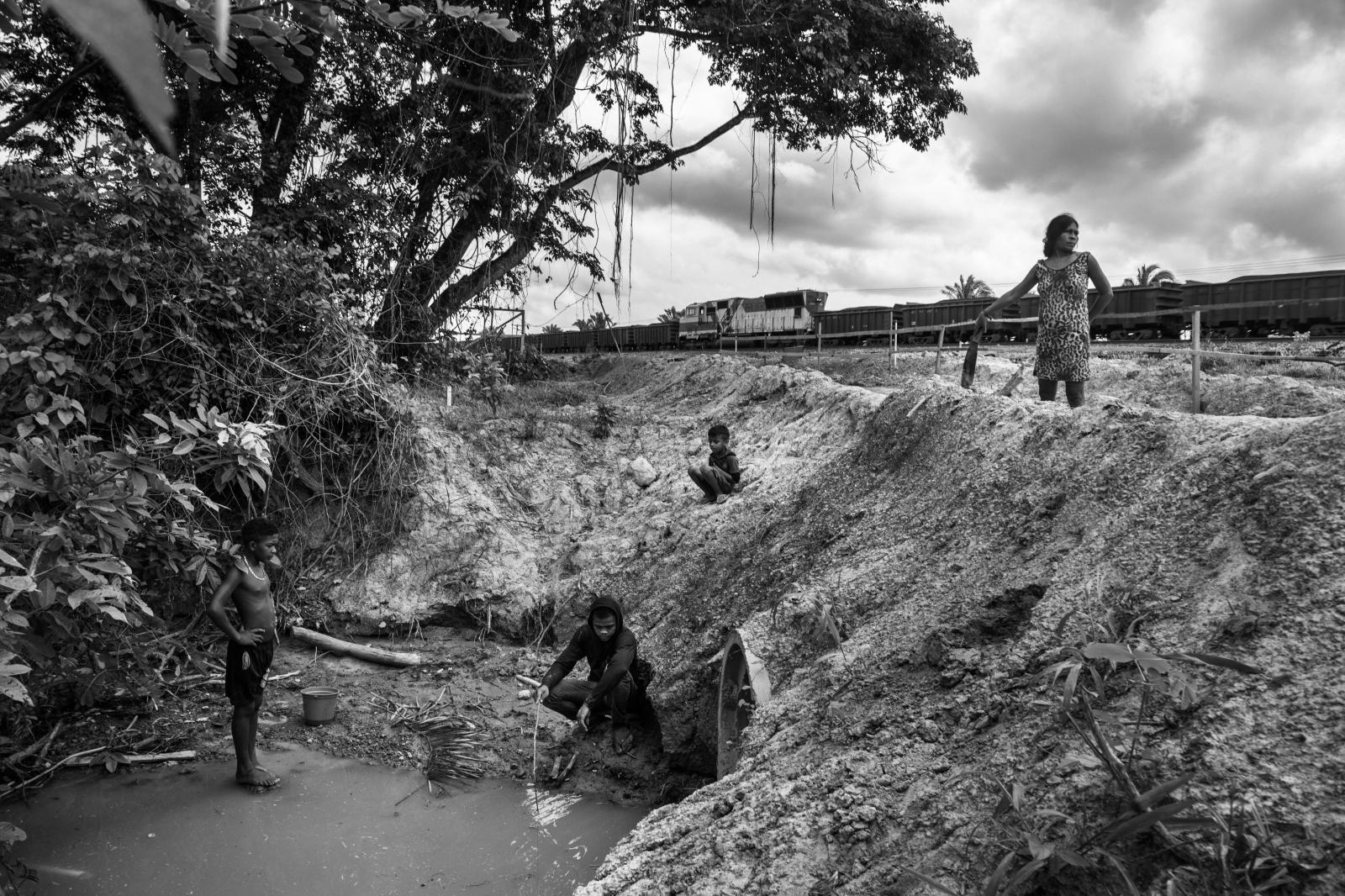Public Story
On NatGeo: To carry iron to the world, Brazil’s 500-mile rail disrupted countless lives
Summary
To carry iron to the world, Brazil’s 500-mile rail disrupted countless lives
Photographer spent years documenting communities transformed by a freight line that cuts across a mountainous jungle to reach seaports on the Atlantic Ocean.
The Greater Carajás Project, as the entire industrial system surrounding the mine and the railway is known—and Vale S.A., the Brazilian mining company in charge of it—has faced scrutiny from international human rights and environmental organizations for alleged abuses and violations that have transformed life for the many communities along its path.Some homes have been deemed structurally unsound due to the constant rumble of the train; others have been removed to make way for construction, leaving people internally displaced. Residents precariously crossing the tracks in places where there is no safe passage have been run over.In Piquiá de Baixo, a particularly affected town where steel mills were built in the 1980s, some 65 percent of community members now suffer from respiratory problems, according to a 2012 study by the International Federation for Human Rights that was cited in a 2020 UN report following the Human Rights Council’s visit to the region. Others have had ophthalmological and dermatological diseases and burns caused by improperly disposed residue and toxic waste from “pig iron,” an intermediate product from the processing to steel.Brazilian photographer Ian Cheibub has spent several months over the course of the past three years following the railroad and spending time with these communities along the tracks. Shot originally in black and white, the images portray a world transformed by the cargo railroad.











